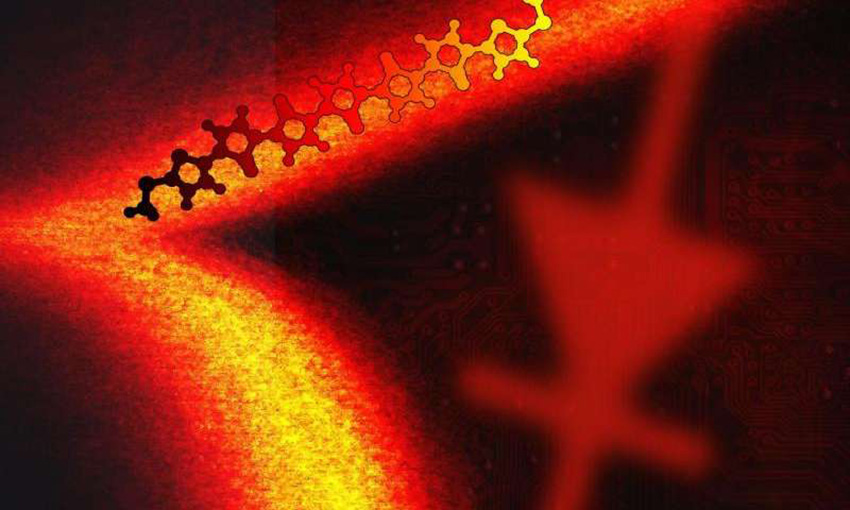
Viable Single-Molecule Diodes
Major milestone in molecular electronics scored by Molecular Foundry and Columbia University team.

Major milestone in molecular electronics scored by Molecular Foundry and Columbia University team.

Researchers have attained superlubricity, the near absence of friction, at a carbon-silica interface using nanodiamonds wrapped in graphene flakes.
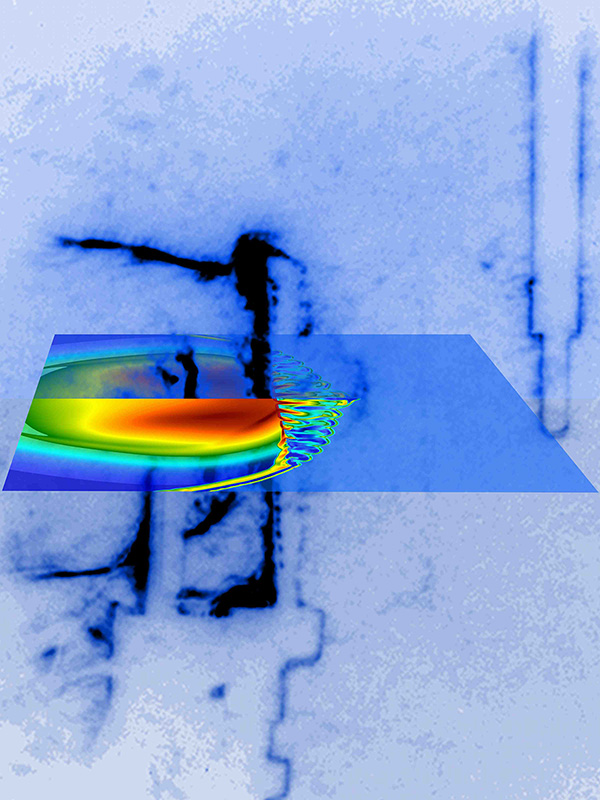
Experimental turbulence model matches the magnetic field amplification seen within the remains of a supernova.
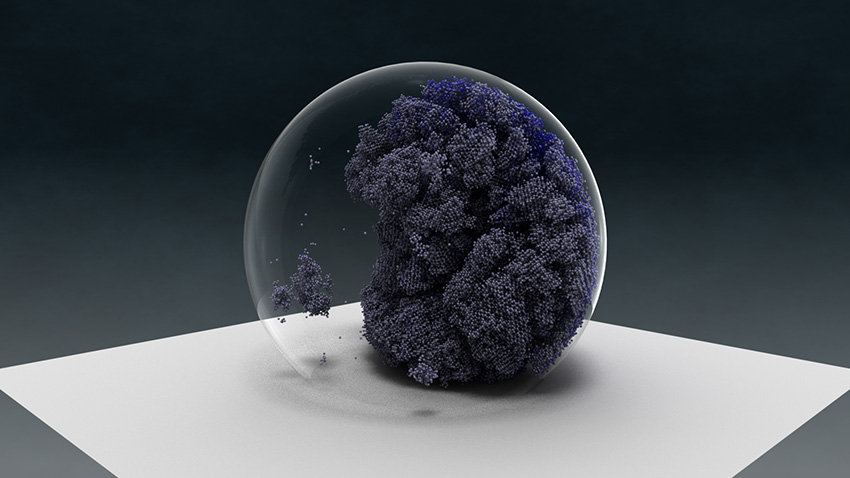
Advances in simulating water molecules in droplets reveal surfaces that may be resistant to ice formation.
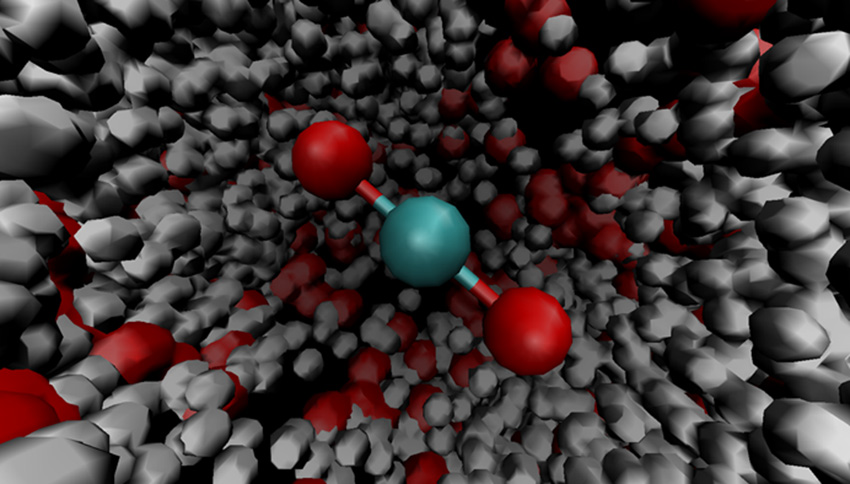
Spectroscopy combined with theory and computation determines the interaction between carbon dioxide and water.
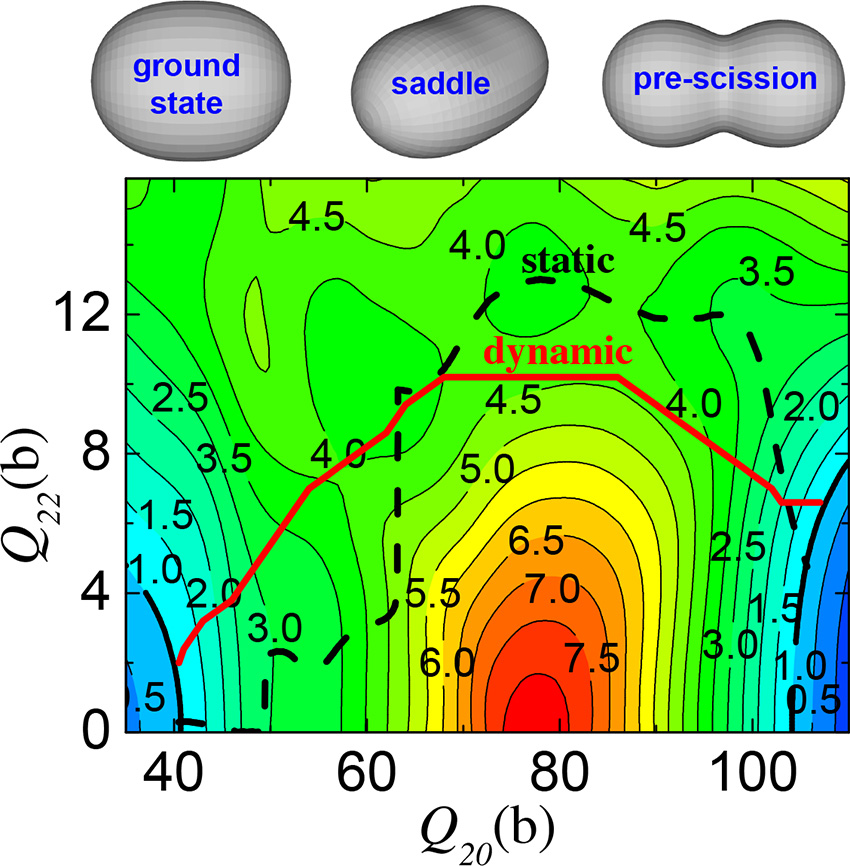
Realistic computational view of how atom stretches informs microscopic description of nuclear energy production.
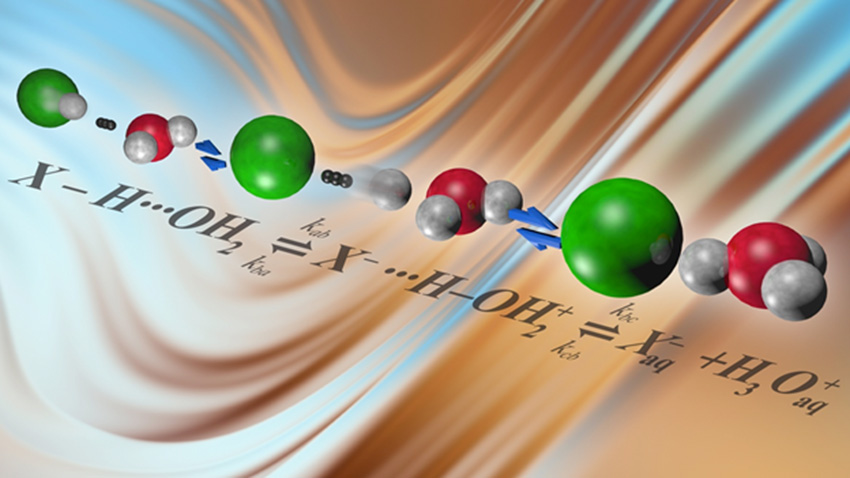
Study changes perception on how acids behave in water.
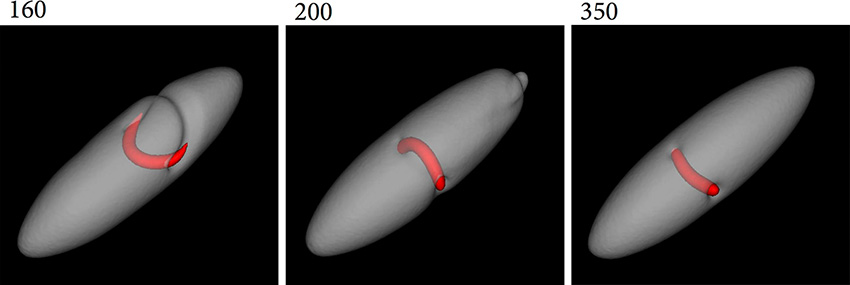
Computational algorithms show whirlpools, not disks, form and dissipate on fluid’s surface.

Innovative materials adsorb carbon dioxide via an unprecedented cooperative insertion mechanism.
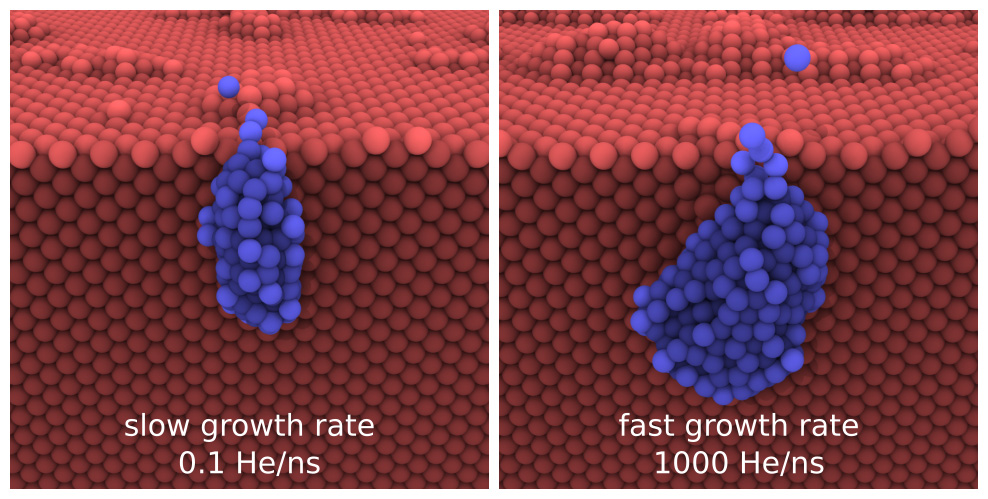
New models reveal the impact of competing processes on helium bubble formation in plasma-exposed tungsten.
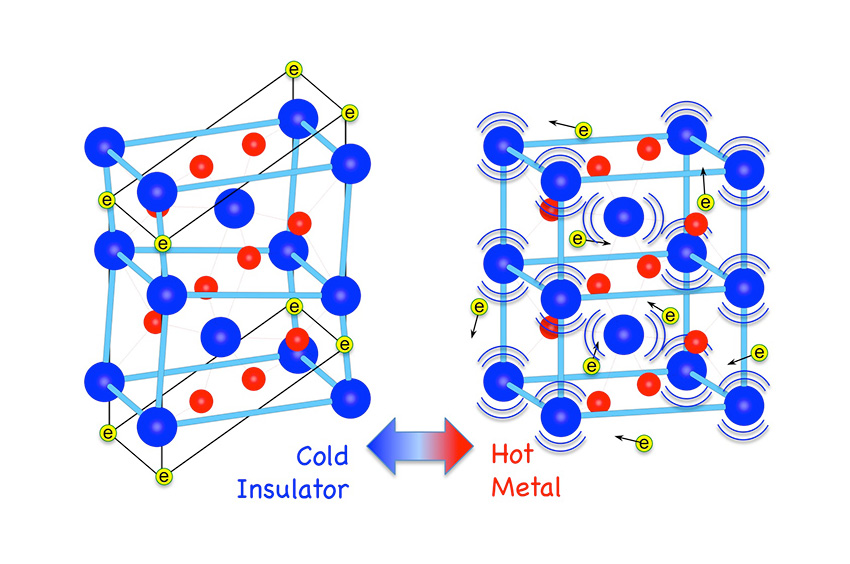
New studies explain the transition, providing a quantitative picture of a 50-year-old mystery.
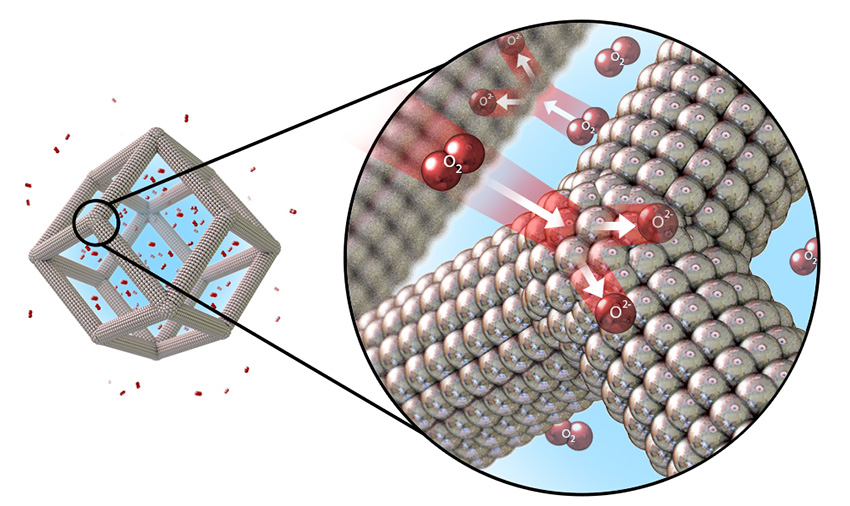
Concentrating noble-metal catalyst atoms on the surface of porous nano-frame alloys shows over thirty-fold increase in performance.
Signup for the Office of Science’s GovDelivery email service, and check the box for the Advanced Scientific Computing Research Program in your subscriber preferences.
Subscribe